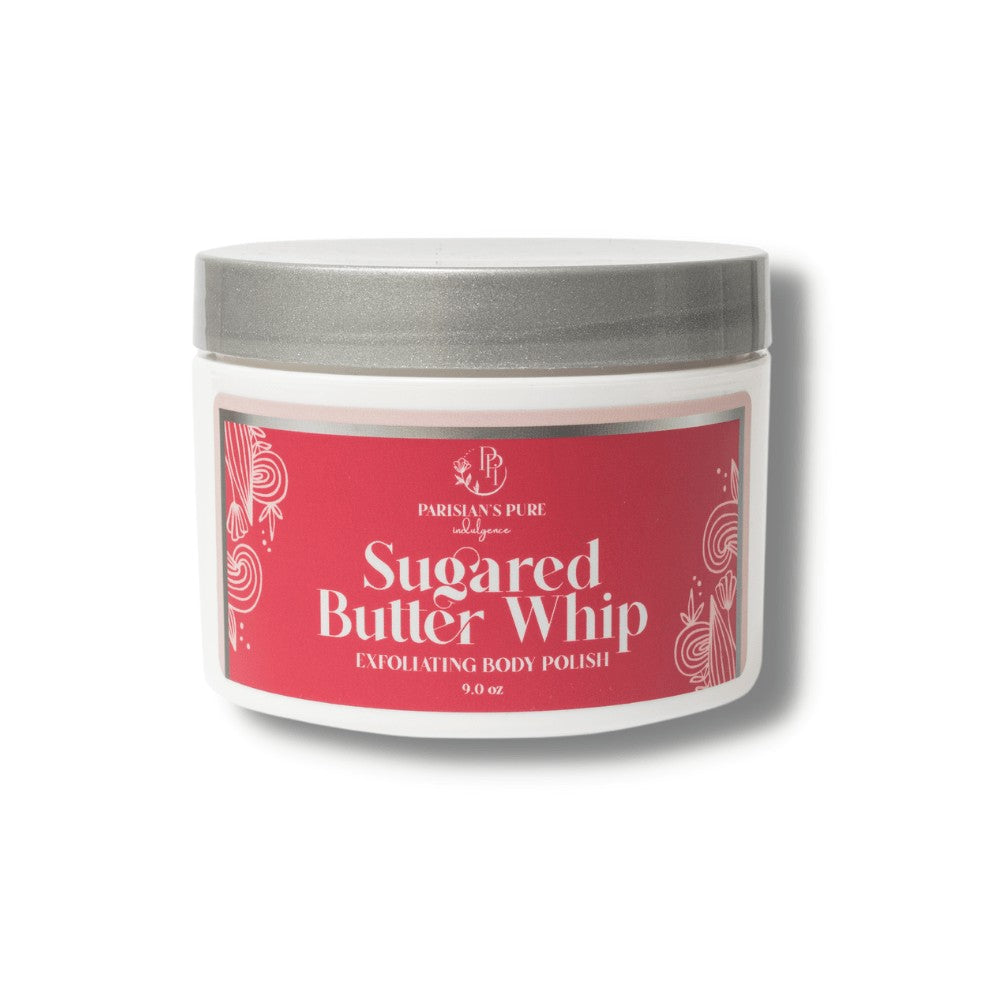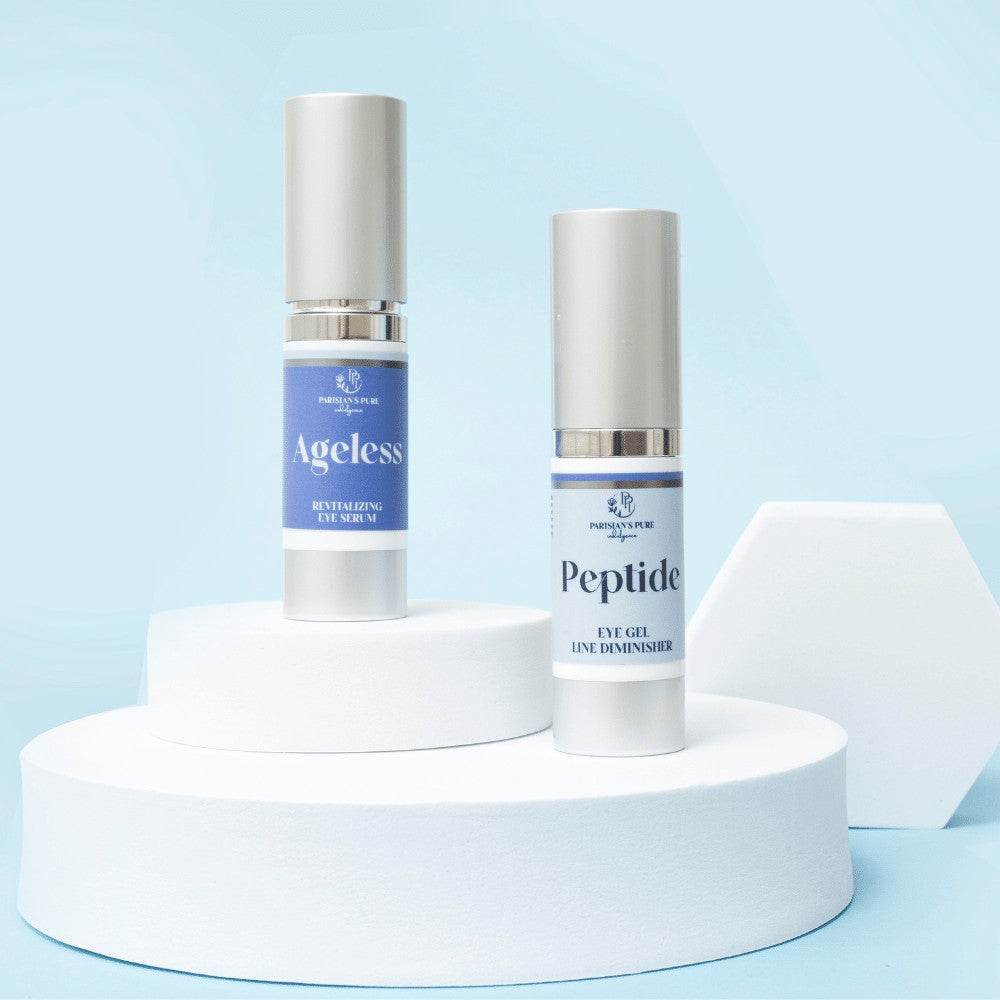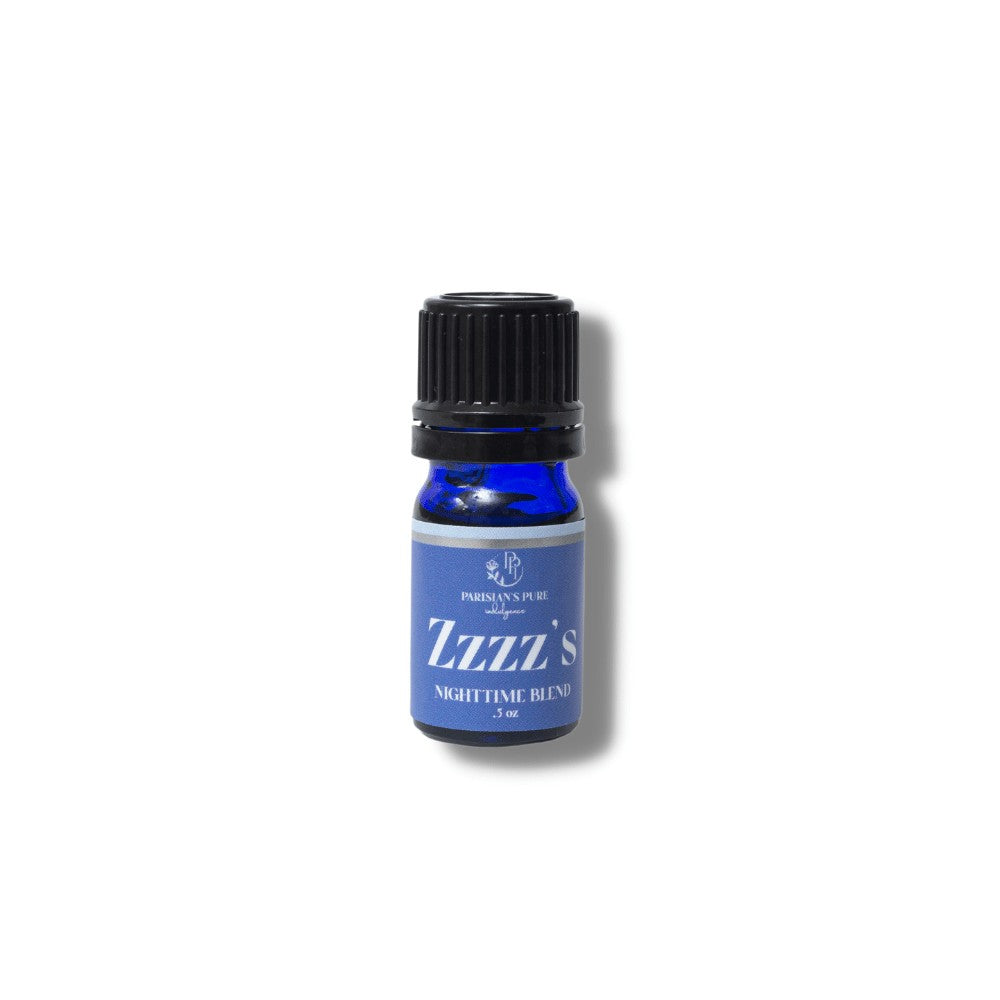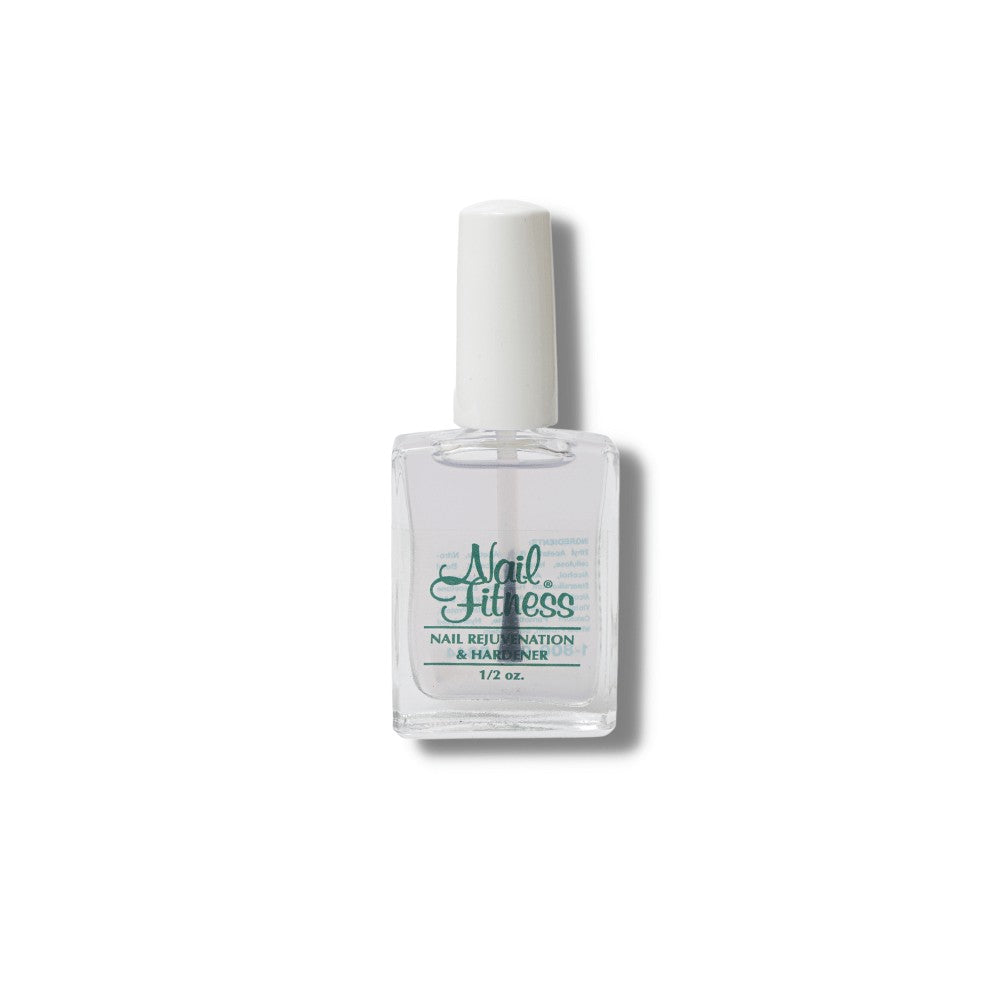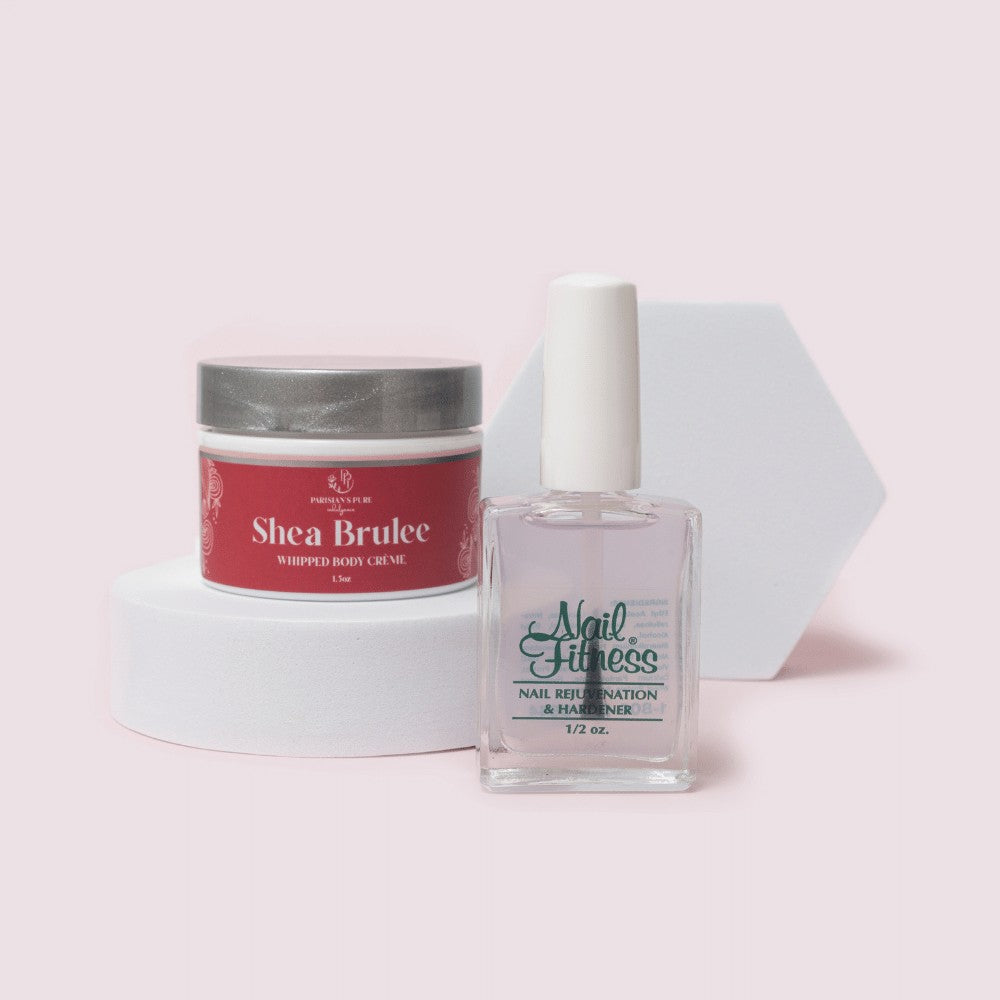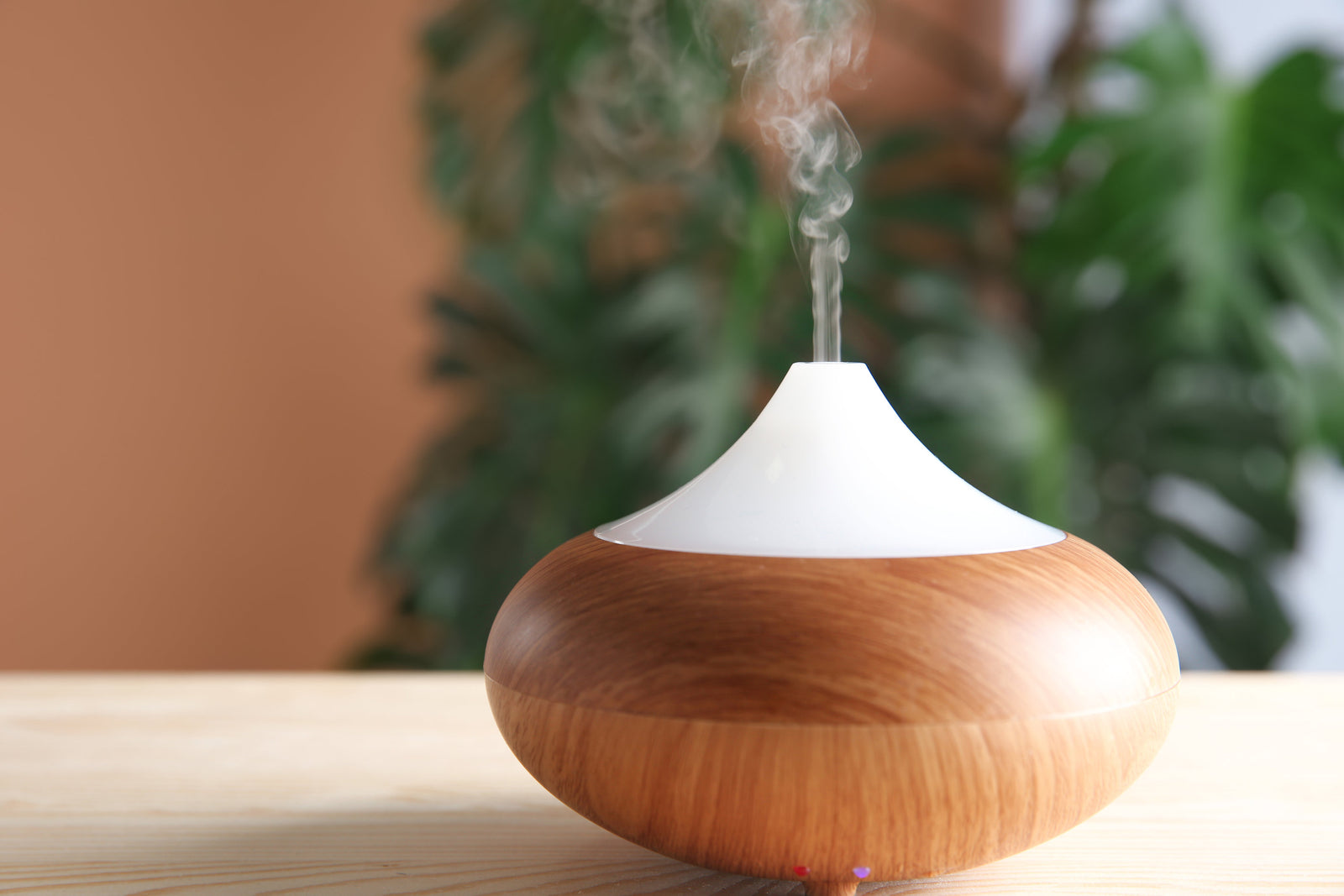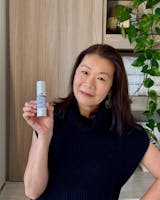What are Essential Oils?
Essential oils are concentrated extracts of plants, such as seeds, flowers, fruit, leaves, stems, and roots. They are known to improve physical and mental well-being.
How Essential Oils Enter the Human Body
Essential oils primarily enter the human body throughskin absorption and inhalation.
We begin to understand the power of essential oils when we study the nature of the chemical components within the plants each oil comes from.
Inhalation of Essential Oils
Essential Oils have tiny molecules, which disperse into the air (especially when diffused) and enter through the nose. When inhaled, the scent molecules reach the olfactory epithelium, which consists of millions of receptor cells located at the top of the nostrils, just below and between the eyes.
Odors are then converted to messages, which are converted and relayed to the brain for processing.Inhalation provides the mostdirect route to the brain.
With every breath, some scent molecules inescapably travel to the lungs. Some molecules are absorbed by the mucous lining of the respiratory pathway.Other molecules reach the alveoli and are transferred into the bloodstream.
Therefore, inhalation of essential oils not only has an effect on emotions butalso has aphysical impact.
Skin Absorption of Essential Oils
Our skin is permeable, meaning it absorbs substances applied to its surface. This includes essential oils, which are made up of plant compounds that can be absorbed through the skin into the bloodstream. Once in the bloodstream, essential oils can travel to different parts of the body and deliver therapeutic benefits.
Essential oil molecules are so small that when applied to the skin; they are able to pass through the outer layer of skin, the stratum corneum. From here the essential oil molecule passes through the dermis, into the capillaries, and then into the bloodstream.
How to increase essential oil absorption
There are many factors that affect the absorption of an essential oil molecule. For example, both the rate of circulation and the warmth of the skin increase blood flow to the surface, therefore increasing the skin’s ability to absorb the oil.
Permeability of the skin is a factor in how essential oils are absorbed. Thinner skin, such as behind the ears and the inside of the wrists are very permeable.
Absorption also occurs through our hair follicles and sweat ducts. The palms of the hands and feet, armpits and scalp will more readily absorb oil molecules than the arms, legs, belly, back, etc. Clean skin pores that are free of dirt also improves absorption.
Oils are also easily absorbed through cuts, scrapes, and abrasions, burns, eczema, etc., so use caution.
Carrier Oils
Carrier oils are the oil we use to "carry" the essential oil onto our bodies. When applying E.O.'s to our skin the viscosity of the carrier oilin which the E.O. is diluted is important.
Sweet Almond, Fractionated Coconut Oil, and Grapeseed oil are less viscous and penetrate the skin easily. Thicker oils such as Avocado or Olive Oil do not offer the best penetration level.
Choose Wisely
Essential oils can lift your mood and make you feel good with just a whiff of their fragrance. For some people, they may even help alleviate the symptoms of various conditions
It's important to purchase essential oils from a reliable source and get recommendations from a certified aromatherapist. Essential oils are highly concentrated and can be powerful, so it is important to use them safely and effectively. Never ingest essential oils.
A certified aromatherapist is a professional who has been trained in the use of essential oils for therapeutic purposes. They can help you choose the right essential oils for your needs and teach you how to use them safely.
Kelli Parisian - Certified Aromatherapist since 2019

